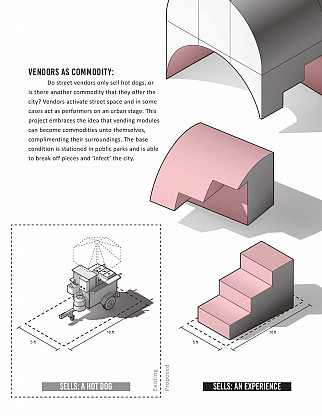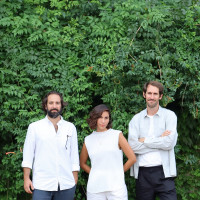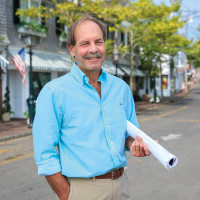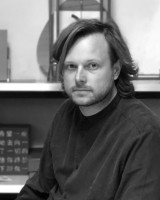Ashley Nowicki
Ecological Design in Europe
Based on a paper co-authored with Joseph Godlewski, mangroves as a tool against climate change: a focus on how mangroves can be used in design to facilitate the impending changing climates, in Advances in Plants and Agricultural Research, I plan on researching and analyzing the ecological designs used in Europe under Professor Rebecca Farnum in summer 2019. Specializing in environmental peacebuilding research, she works with environmental activism, conflict resolution, and capacity-building with special focus on justice, public service and policy impact. The initial plan is to travel to the Nordic countries of Demark, Norway, Sweden and Finland, as they are ranked the most sustainable places on the planet. During the summer, we plan to research and analyze the different uses or urban infrastructure and the transformation of rural landscapes throughout England and Europe. We will also meet with established architects in the field of sustainable research, colleagues of Rebecca Farnum’s from around the globe, as we strengthen our research.
The initial goal is to complete a comprehensive literature review of the research we compound, but then to apply it to our own research and have it published in the journal by the end of the semester. With the compiled research, the potential would be to construct a breakdown of the important architecture happening throughout those regions that apply to ecologies and sustainable design practices.
Philip Claghorn
Vendor Virus: Place, Perception & Entrepreneurship in Public Space
 The topic of my thesis research is the contested issue of street vending in New York City. Globally, cities are harshly regulating street vendors with little regard for their impact on everyday urban life. There have not been very many extensive spatial studies of this issue, due to low cultural stigma and the elusive data sets. The most recent and relevant study being Fete Nature Architecture’s Public Safe Vending Spaces in 2017, which proposes a network of safe spaces for New York City vendors in public spaces. FNA’s project designs a space explicitly for street vendors away from the street; however, my thesis project focuses specifically on designing a new apparatus for activating street space. This project offers a new interpretation on the cracks of the city that vendors traditionally occupy through the lens of a situationist. If one could call attention on to the potential of dynamic street space through a multi-nodal system of street activators in public parks, then perhaps lobbying power for traditional street vendors would be expanded. This project is a part of a movement of architects who have used everyday urban life as an entry point for broader discussions on politics in spatial practices. The Creative Works Grant funds will be used for site research of five New York City parks and their
The topic of my thesis research is the contested issue of street vending in New York City. Globally, cities are harshly regulating street vendors with little regard for their impact on everyday urban life. There have not been very many extensive spatial studies of this issue, due to low cultural stigma and the elusive data sets. The most recent and relevant study being Fete Nature Architecture’s Public Safe Vending Spaces in 2017, which proposes a network of safe spaces for New York City vendors in public spaces. FNA’s project designs a space explicitly for street vendors away from the street; however, my thesis project focuses specifically on designing a new apparatus for activating street space. This project offers a new interpretation on the cracks of the city that vendors traditionally occupy through the lens of a situationist. If one could call attention on to the potential of dynamic street space through a multi-nodal system of street activators in public parks, then perhaps lobbying power for traditional street vendors would be expanded. This project is a part of a movement of architects who have used everyday urban life as an entry point for broader discussions on politics in spatial practices. The Creative Works Grant funds will be used for site research of five New York City parks and their
neighboring streets. The methodology for analyzing the observed data will be via physical site modeling and collaging photographs for renderings.











